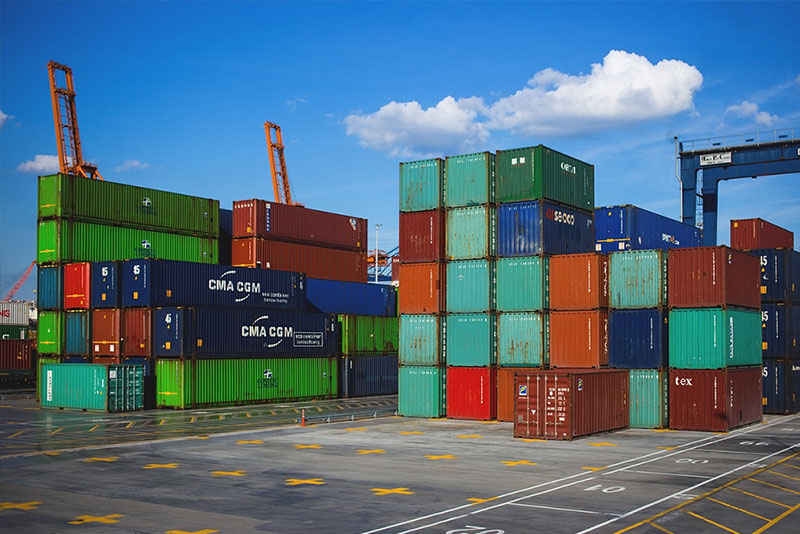For FBA (Fulfillment by Amazon) sellers looking to streamline their operations and expand their reach, utilizing US overseas warehousing offers several significant advantages. These advantages can make a substantial difference in reducing costs, improving delivery times, and enhancing customer satisfaction.
One of the primary benefits of US overseas warehousing is proximity to the North American market. By storing inventory in warehouses strategically located in the US, sellers can significantly cut down on shipping times to customers across the continent. This proximity not only speeds up delivery but also reduces shipping costs, which is crucial for maintaining competitive pricing on Amazon.

Another advantage is the ability to leverage Amazon's extensive logistics network. Amazon FBA sellers can use the company's advanced fulfillment services, such as Amazon Prime, to offer fast and reliable shipping options to their customers. By storing inventory in US warehouses, sellers can qualify for Prime eligibility, which is known to boost sales due to improved visibility and trust among buyers.

Furthermore, US overseas warehousing helps FBA sellers to manage their inventory more efficiently. By storing goods closer to the market demand, sellers can minimize stockouts and ensure they have sufficient inventory to meet customer orders promptly. This reduces the risk of losing sales due to inventory shortages, which is critical in highly competitive e-commerce environments.
Cost-effectiveness is another significant advantage. Consolidating inventory in US warehouses can lead to savings in storage fees and shipping costs. Amazon's competitive shipping rates for domestic orders within the US can be leveraged, especially for sellers dealing with larger volumes of sales. This cost efficiency contributes directly to improving profit margins and overall business sustainability.
Moreover, using US overseas warehousing enhances operational flexibility. Sellers can scale their operations more effectively, responding to fluctuations in demand and seasonal peaks without the logistical constraints of international shipping. This agility is essential for adapting to market changes quickly and maintaining a competitive edge in the dynamic e-commerce landscape.